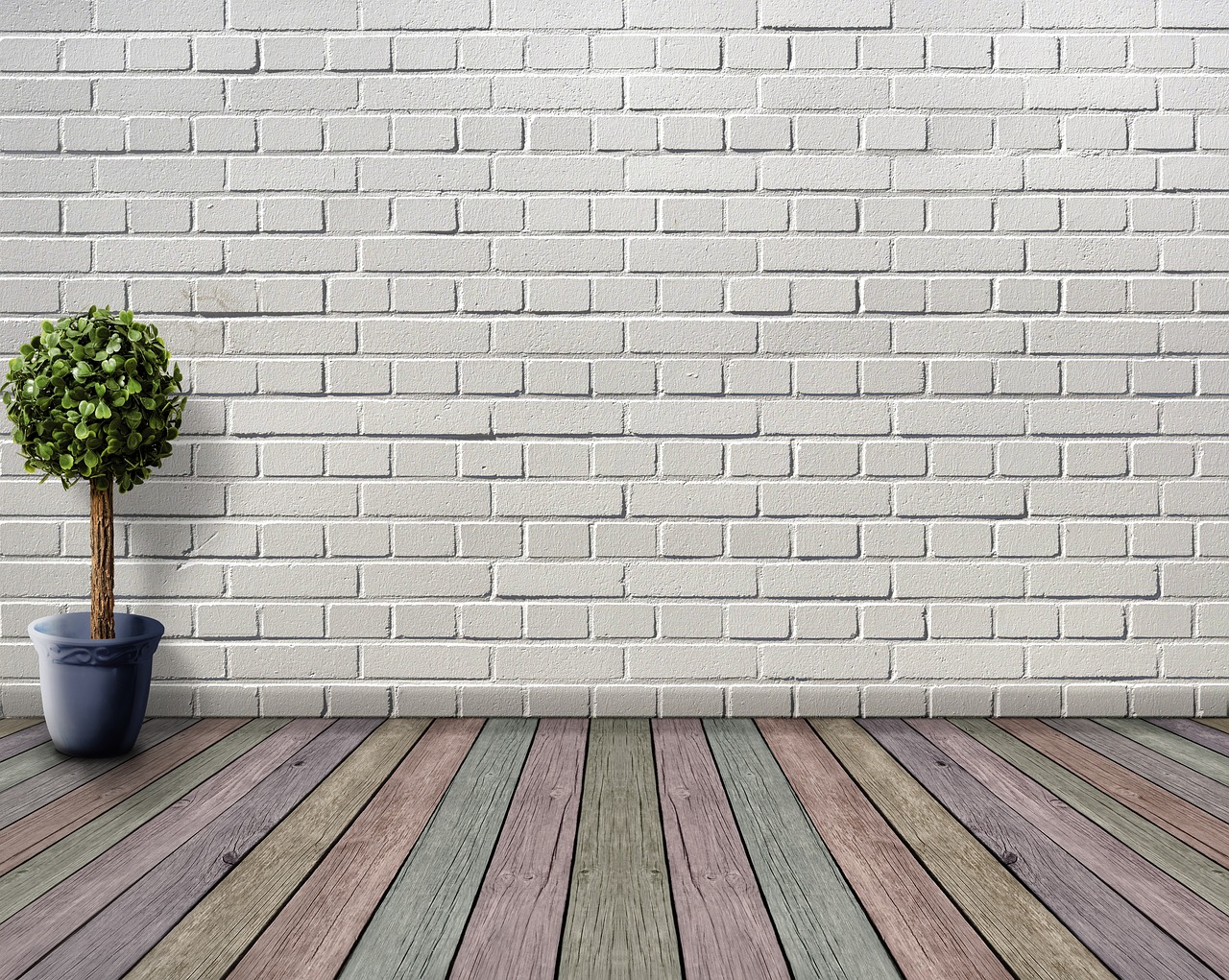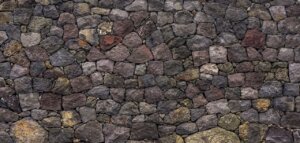Contents
Introduction to Stone in Design
The applications of stone in design extend far beyond the conventional constructions of pavements and monuments. As one of the oldest and most durable natural materials, stone brings a sense of permanence and grandeur to any space. However, the intricacies involved in using stone in design require a blend of technical expertise and an aesthetic sense. In this article, we’ll delve into the different tips and tricks of incorporating stone elements into your design projects, whether it’s interiors, exteriors, or landscaping.
Selecting the Right Stone
Choosing the right type of stone greatly impacts the overall design. The decision depends on both the aesthetic appeal and the functionality. For instance, granite is acclaimed for its durability and vibrant patterns, making it ideal for kitchen countertops. Marble, known for its rich vein patterns and luxurious appeal, is perfect for statement walls or floors. Slate and sandstone, on the other hand, are more fitting for outdoor applications due to their resistance to weather elements. Always consider the stone’s visual appeal, how it coordinates with other design elements, and its ability to withstand the wear and tear of its intended use.
Stone Finishes
The finish that you select for your stone also plays a crucial role in determining the overall look and feel of your space. A polished stone finish, for example, imparts a classy and sophisticated feel, making it great for spaces like boardrooms and hotel lobbies. Honed finishes give a more natural, matte look, ideal for rustic or contemporary spaces. For outdoor uses, flamed or thermal finishes enhance the stone’s natural color and provide a non-slip surface. Remember that different finishes have different maintenance requirements, so consider this when deciding what finish to use.
Introducing Stone Accents
Integrating stone accents is a great way to introduce the element of stone in your design without making an overwhelming impact. Stone accents can be added in the form of tabletops, mantelpieces, decorative statues, or even in small elements like lamp bases. This is a great way to bring in the elegance and intrepid feel of stone without much structural change. You can also use stone veneers, which are thin slices of stone, as wall coverings or flooring for an impressive statement that isn’t excessively hefty on the budget.
Creating Balance with Stone
As with any design element, balance is key. The use of stone should not overpower other aspects of your design, but rather, it should complement them. If stone is used on the floor, consider balancing it with softer textures such as rugs or upholstered furniture. If applied on walls or as an accent, pair it with other materials like wood, glass, or metal to prevent it from becoming visually imposing. Also, remember to balance the stone’s cool undertone with warm colors for a comfortable and inviting look.
The Importance of Proper Installation and Care
To make the most of your stone design elements, they must be installed correctly. Different stones require different installation methods, which can greatly impact the end results. For instance, certain stones may require sealing to protect against staining. Also, stone is generally heavy and can be difficult to handle properly. Thus, professional installation is typically recommended. Maintenance is just as important: regular cleaning and occasional deep cleansing will help keep your stone features looking their best.
Conclusion
Incorporating stone in design requires an aptitude for both the technical and aesthetic considerations. With the right type and finish of stone, balanced use, and proper installation and care, you can create a space that speaks volumes about your style and artistic inclination. Moreover, the sturdy nature of stone ensures your creations will stand the test of time, etching your design legacy into the annals of stone craftsmanship. Whether employed in interior, exterior, or landscape design, the stone offers a world of inspirational and practical opportunities for innovative design and enduring elegance. Remember, understanding the nature of stone is like deciphering a language: once mastered, it enables you to tell fascinating stories through your designs.




